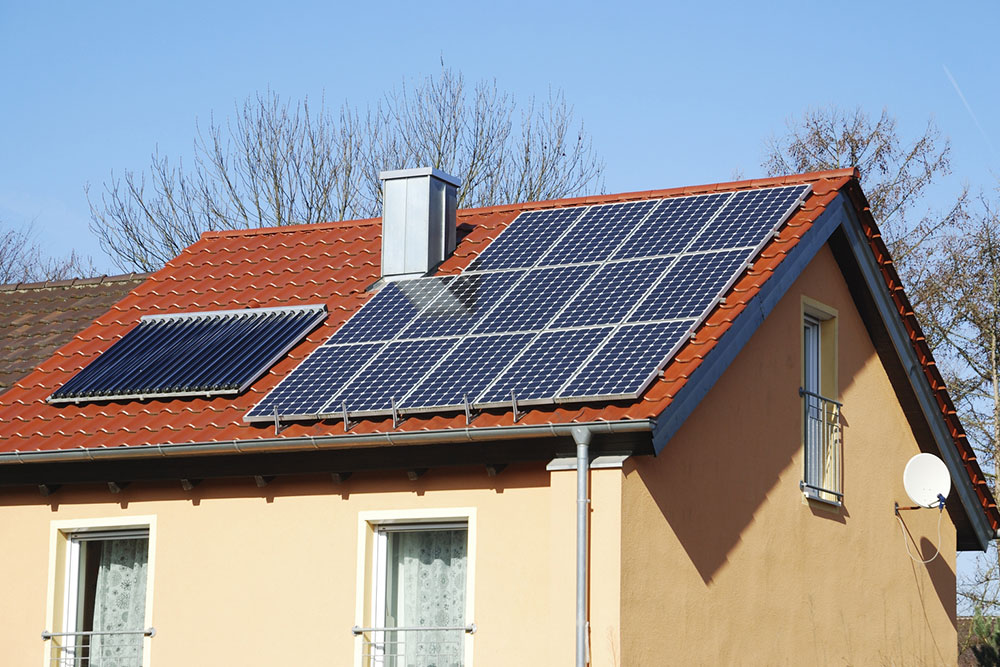Solar Power System Installation – Process and Cost
Despite the country being known for its cold weather and lack of sun, the shift towards solar power has been on the rise here. This has led to constant growth, development, and innovation in the field of photovoltaic technology, which has led the country to have one of the highest solar outputs in the world. Recent data shows that over 3.7 million photo arrays have been installed, producing an output of around 61TWh (terawatt-hours).
Solar panel installation procedure
1. Assess energy needs
One can start by checking the home or workplace’s energy consumption and needs. This will give one a good idea of the size and number of solar panels needed to power the area efficiently.

2. Find a trustworthy installer
Next, one can look for available solar panel installers or fitters in the area. One must consider a company/business with a bankable reputation and extensive experience in the field. Checking out online reviews can help verify its credibility. Seeking recommendations from friends, neighbors, and family can also help one understand what to expect from the solar panel installation company.
3. Schedule a site evaluation
Once an installer has been chosen, it’s time to book an appointment to conduct a site visit. This initial visit will also act as a consultation, during which the professionals will visit the location and check factors like roof condition, orientation, shading, and space availability for the solar panels.
4. Get permits and approvals
To install solar panels, one must obtain permits from local or state authorities. So, one should ensure that these permits and approvals have been obtained before the installation begins.
5. Prepare for professional installation
Solar panels are generally installed entirely by professionals, who show up with all the required tools and equipment to handle the process quickly. Once installed, the grid will undergo rigorous testing to ensure that everything is working correctly. This step includes checking voltage levels, inspecting equipment for issues, and checking inverters and other parts for a seamless connection.
6. Connect the panels to the grid
Once the panels have been installed, they need to be connected to the existing electrical system or grid connection point to put them to use. Doing so will ensure that any additional electricity generated goes back into the grid instead of wasting away.
Cost of solar panels
There are many costs associated with buying and installing solar panels in Germany. Although the system will pay for itself within 5 to 10 years (with government subsidies and aid), one must consider all the costs before making a decision.
1. Purchase cost
For starters, one must consider the upfront cost of panels, inverters, mounting systems, and wiring. The prices for the components vary depending on the size of the system, its quality, and the technology used. Based on current rates, this can cost around €1,200 to €1,500 per kW (kilowatt) of PV modules.
2. Assembly and installation charges
Next, one needs to consider the cost of installation, which includes labor charges, additional materials and tools, and modifications, if any. The total cost of installing residential solar systems in the country could be between €500 to €3,000.
3. Operating costs
The expenses do not end at installation. One needs to account for maintenance and overall upkeep (cleaning, inspections, etc.) of the solar panels. These charges make up the operating cost of the system and could range from €100 to €200 per year (for a system worth €10,000).
4. Cost of storage
Many solar panel systems are not equipped with energy storage arrangements, i.e., batteries. These accessories need to be purchased separately based on personal energy requirements. Although their price varies greatly depending on their capacity and technology, one can expect to shell out anywhere between €5,000 to €10,000 for a battery storage unit for a home system.
Reasons for the popularity of solar power
Solar power systems in the country are becoming increasingly popular because of government subsidies and financial incentives offered to homeowners and businesses. These initiatives are a step toward sustainability. Here, the main support has come from the Renewable Energy Sources Act (EEG), which guarantees a fixed feed-in tariff for solar electricity (solarstrombonus), that is, the payment of a fixed rate to producers for every kilowatt of power generated. In addition, the federal government has proposed a zero VAT (value-added tax) rate for the supply and installation of solar modules, bringing down the expenses of private PV (photovoltaic) system operators. This has been aided by grants from the Federal Ministry of Economic Affairs and Energy (BMWi), which typically awards grants for solar energy projects in areas with high potential and for those involving innovative use of solar technologies.
Apart from these efforts, the state governments in the country also have initiatives to encourage solar energy usage. That said, these measures differ from state to state, so it is best to speak to a regional representative or municipality office to get the latest updates regarding the initiatives.
